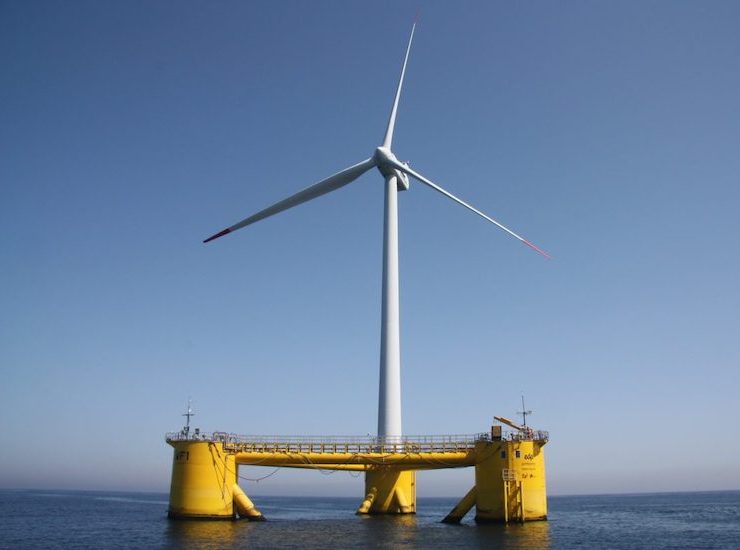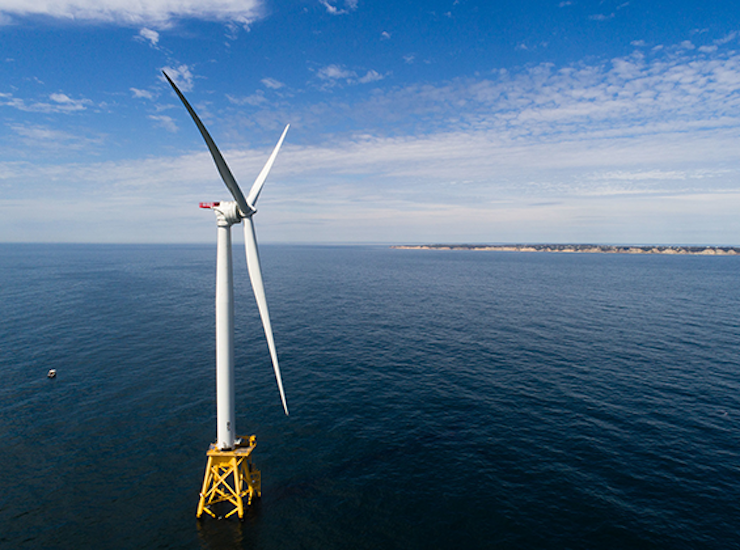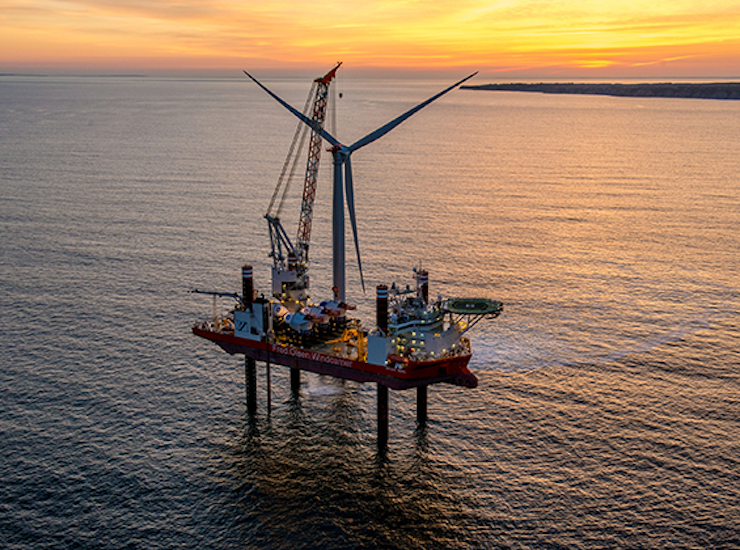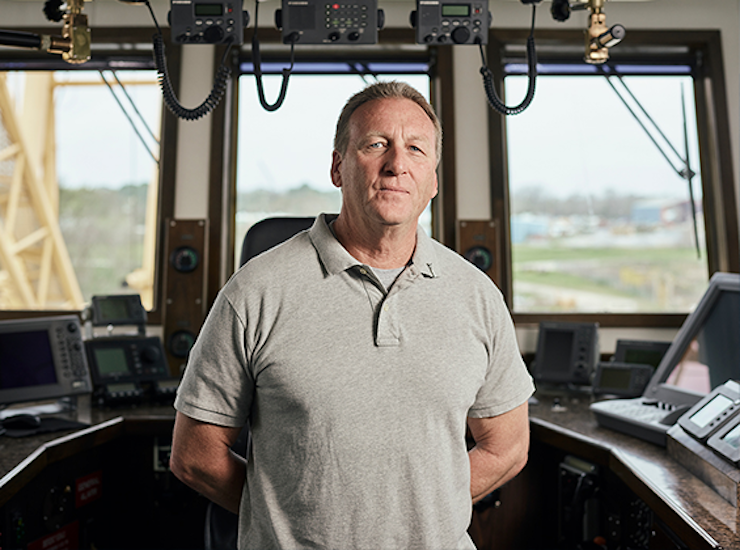Offshore wind is America’s next major energy source. Our shores possess a power potential of more than 2,000 gigawatts (GW), nearly double the nation’s current electricity use. This potential presents an enormous opportunity to deliver large amounts of clean and reliable electricity to the country’s largest population centers, where it’s needed most.

Harnessing America’s offshore wind resources presents an enormous opportunity to create tens of thousands of jobs, revitalize coastal communities, and deliver large amounts of clean, reliable energy to the country’s biggest population centers. Join the American Clean Power Association and #SupportOffshoreWind.
State policies in Maryland, Massachusetts, New Jersey, New York, Rhode Island, Virginia, and others are vital drivers for the offshore wind industry. These policies will help achieve scale and develop an American supply chain.

After years of hard work, the nation’s first offshore wind project, the Block Island Wind Farm, came online in 2016. The Block Island Wind Farm (BIWF), developed by Deepwater Wind, is a 30 MW project with five 6-MW turbines off the coast of Block Island, Rhode Island. After eight years, the benefits are clear. More than eight years after the wind farm came online electricity prices are down, tourism is up, and the island is benefiting from high-speed internet and cleaner air. America’s first offshore wind farm is an American success story.
In 2020, the first phase of the Costal Virginia Offshore Wind project came online off the coast of Virginia Beach. The first turbines installed in U.S. federal waters, CVOW provides enough energy to power 3,000 homes. The second phase of the project is currently under construction and will expand it to commercial scale and eventually provide enough power for 660,000 homes, along with 1,100 jobs and significant economic investment to the coastal community.
In early 2024 Orsted’s South Fork Wind project became the nation’s first commercial scale project to come online with 12 turbines providing more than 130 MW of clean power to approximately 70,000 homes in New York. The renewable energy is generated roughly 35 miles off the coast of Montauk, and will eliminate up to six million tons of carbon emissions over the life of the project. Hundreds of U.S. workers and three Northeast ports supported South Fork Wind’s construction, helping to stand up the foundations of a new domestic supply chain that’s creating local union jobs across the Northeast and beyond.
Vineyard Wind is currently building the nation’s first utility-scale offshore wind energy project over 15 miles off the coast of Massachusetts. Once completed the 800 MW project will generate clean, renewable, affordable energy for over 400,000 homes and businesses across Massachusetts, while reducing carbon emissions by over 1.6 million tons per year.

With world-class wind resources on the East and West Coasts and in the Great Lakes, infrastructure and offshore energy expertise, the U.S. is scaling offshore wind power at the rate needed to meet our climate goals. The U.S. Department of the Interior is charting a path forward for additional offshore wind lease areas. That will transform offshore wind’s enormous potential into a concrete pillar of American energy dominance while spurring new manufacturing and shipbuilding. Offshore wind will create thousands of jobs for legacy energy workers such as those along the Gulf Coast, as well as offering an abundance of opportunities for the next generation of the ocean industry’s workforce around the country.

There are 37 active commercial leases for offshore wind development in the U.S. If these leases are fully built, there is the potential support approximately 58 GW of offshore wind capacity. Industry experts and analysts believe that the U.S. offshore wind industry will continue to take off in the years ahead, bringing with it a new and prosperous American industry.